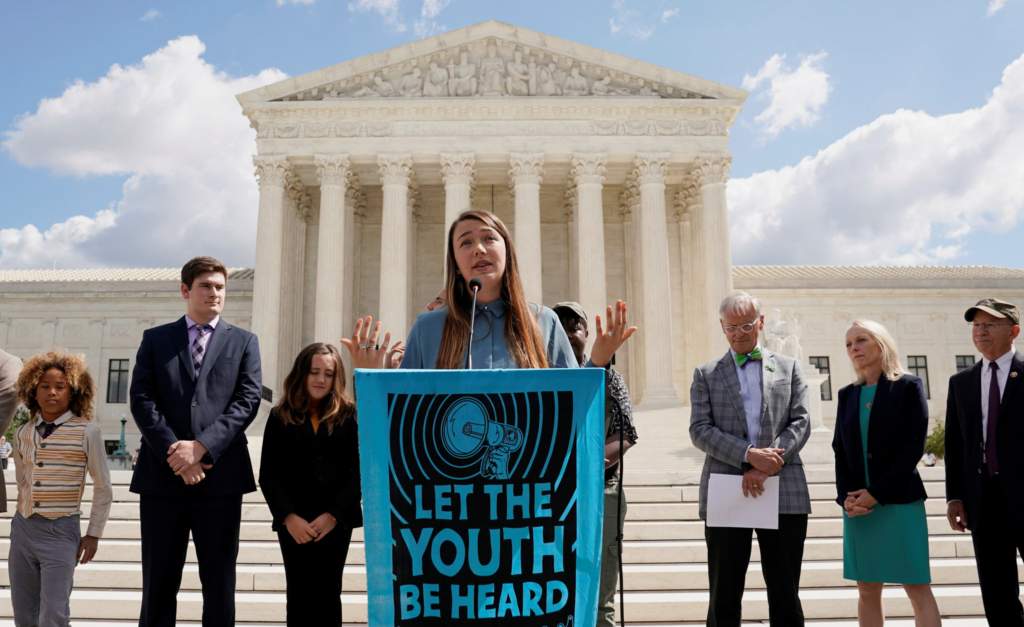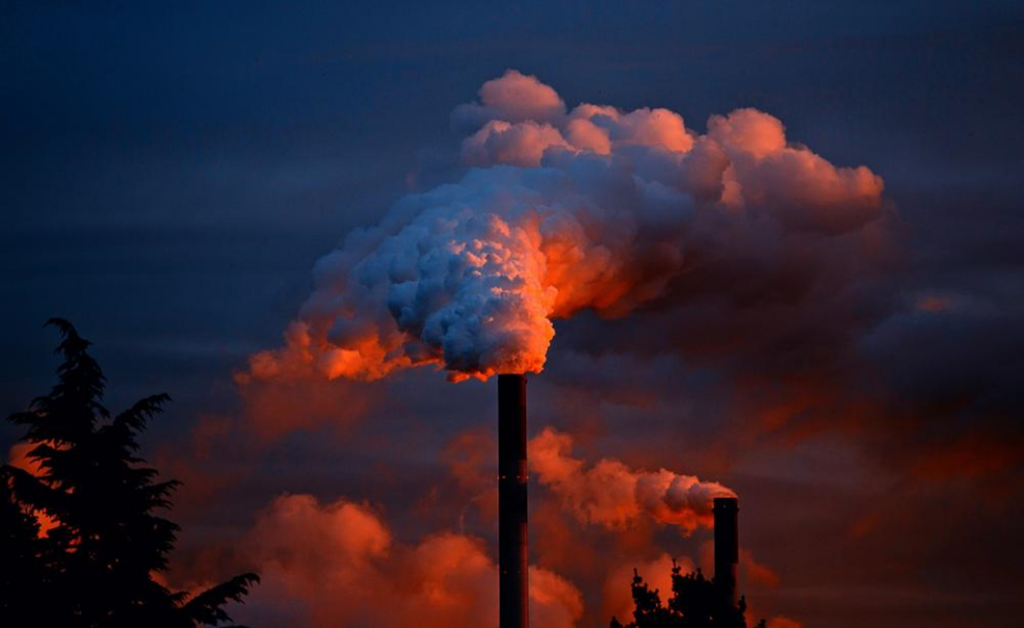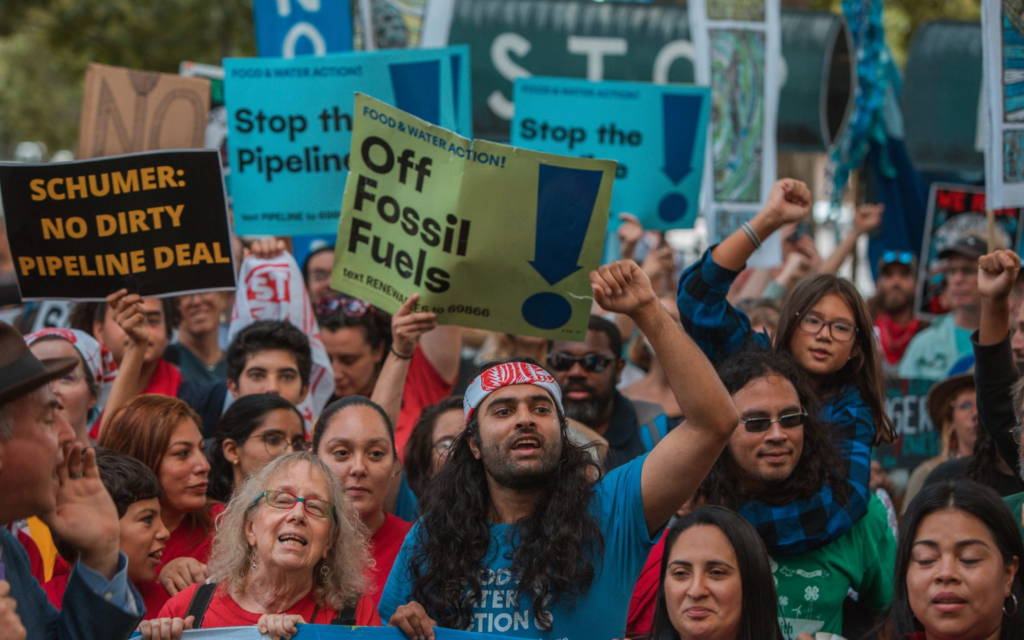
By Gregory Kolen II.
When it comes to non-profit communications, visuals can go a long way in increasing engagement. Good visuals provide potential supporters with an easy way of understanding the importance and urgency of the cause they are being asked to support. It also helps them see how their contributions are making a difference.
The most effective visuals for non-profits include images or videos of the people directly impacted by environmental injustices, as well as pictures that show what progress has been made due to donations. Additionally, data visualizations are very helpful in displaying facts and statistics about the issue at hand. This helps people understand the scope and scale of the problem more clearly. When used together, these types of visuals can help create an emotional connection with potential supporters to demonstrate how their donation can help make a change.
Finally, it’s important for non-profits to be transparent with their visuals. It is essential that the visuals accurately portray what the organization is doing and why they need funding. This helps create trust between potential supporters and the organization, which will ultimately lead to more action and engagement.
Good visuals are an essential part of any action driven fundraising strategy, so make sure you take the time to find creative and impactful visuals for your organization!
References:
Environmental Justice Foundation. (2020). Visuals Matter: How Visuals Help In Non-Profit Fundraising. Retrieved from https://www.ejfoundation.org/visuals-matter-how-visuals-help-in-nonprofit-fundraising/
Mangione, T. (2018). 5 Reasons Why Images Are Essential For Non Profit Online Fundraising Campaigns. Retrieved from https://www.newzealandwebdesigner.com/images-essential-nonprofit-online-fundraising/
Sherwood, L. (2017). Visuals & Non Profit Fundraising: A Picture Tells a Thousand Words. Retrieved from https://www.everyaction.com/blog/visuals-nonprofit-fundraising/
Visual Storytelling for Nonprofits: The Power of Visual Content to Connect with Supporters and Raise Money. (2019). Retrieved from https://www.classy.org/blog/visual-storytelling-for-nonprofits/#1:_Know_Your_Audience_and_Choose_the_Right_Visuals.
Weil, S., & Philipp, E. (2015). Introduction to Data Visualization for Nonprofit Organizations. Retrieved from https://opentextbc









